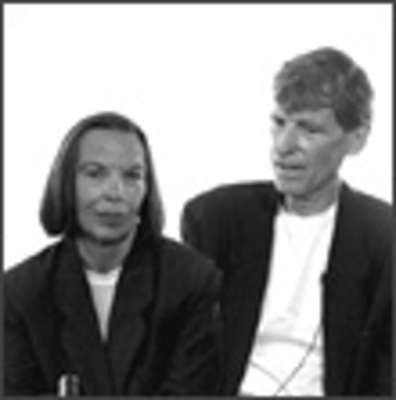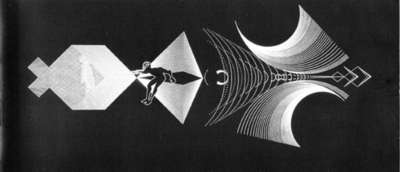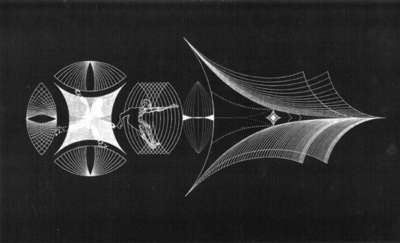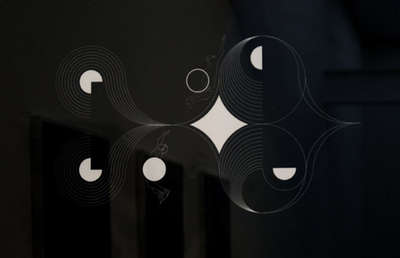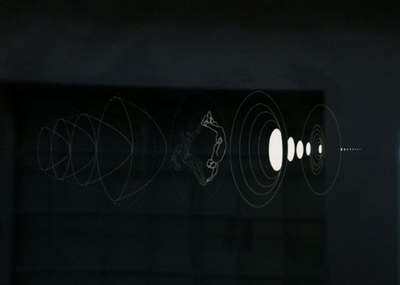Marzio Sala studied the history of art, philosophy, mathematics and cognitive sciences in Torino and Zurich. He works in collaboration with his partner Sala, Annamaria since 1963.
Since the 1960s their art became more theoretical and philosophical in form and content with their main subject being time. First of all they traced time structures and their visualisation in drawings in a series called ‘Time Structures’ that were translated into sculptures with a constructivist effect. In the 1970’s they worked primarily on the processional character of time which they examined and performed in the film ‘Time Language’ in the form of a precise musical score. This was one of the first computer-generated films in Germany. As enormous computing power was necessary that was not available at IBM in Stuttgart where preliminary work was done the couple approached the Nuclear Research Centre Jiilich in 1972 which helped them to realise their film with the support of the Jiilich computer scientists.
In contrast to most of the other computer artists who appreciate or deliberately integrate randomness as part of the artistic process the artist couple used the computer because they wanted to have an instrument that is as precise as possible for their examination of time flows. In the 1980’s the light frescoes of Chronhomme 1-7 come into being: Projections that are hand drawings but remind one of computer graphics in terms of exactness. The successive reinterpretation of a well-known computer-generated technical figure by William A. Fetter in the Chronhomme series clarifies the artists’ relationship to Computer Art. In their concept art must take the lead in the relationship between science and art.
5


